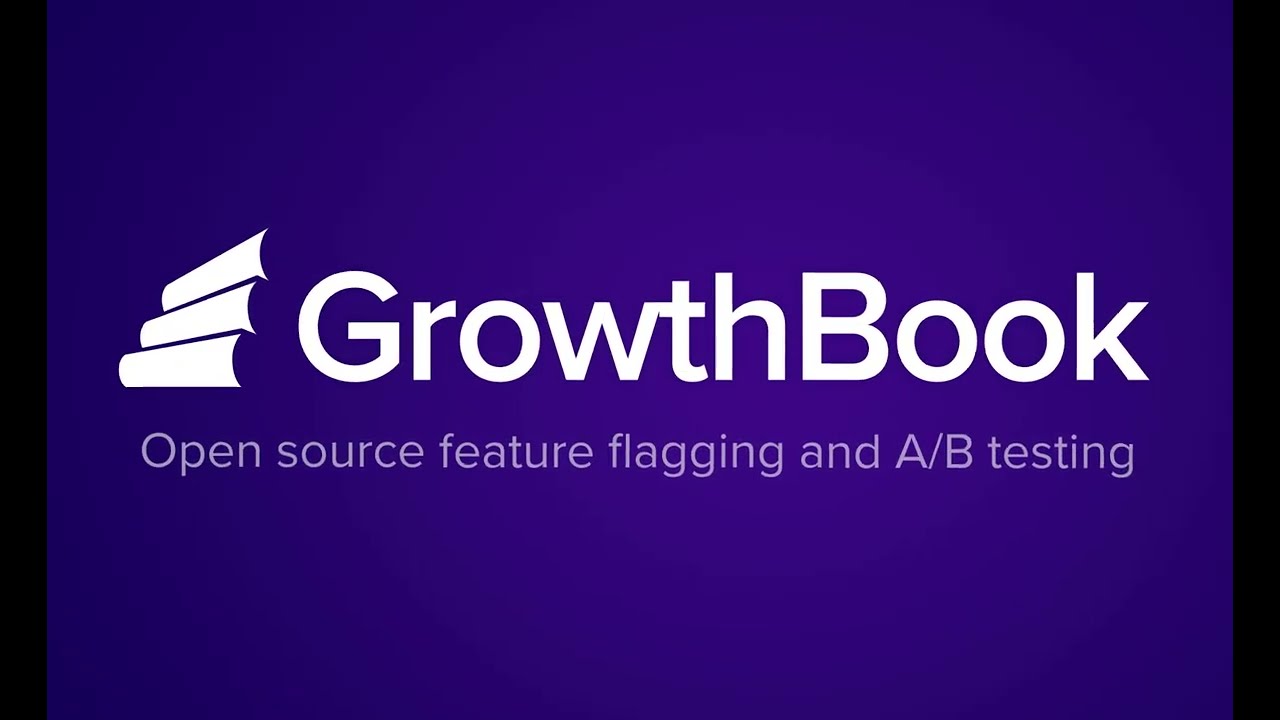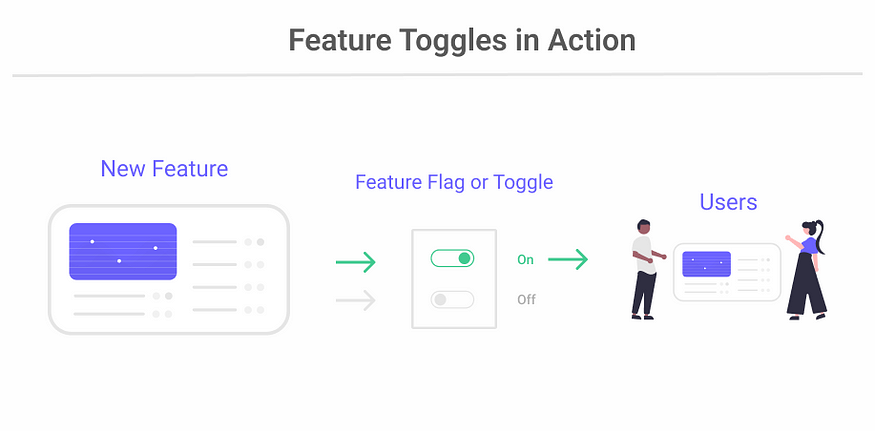Implement feature flags using GrowthBook
 Olufemi Oyedepo
Olufemi Oyedepo
What is GrowthBook?
GrowthBook is a modern, feature-rich & an open-source feature flagging and experimentation platform designed to help teams optimize product development through A/B testing and feature management.
It provides tools for conducting experiments, rolling out new features, and making data-driven decisions about product changes. Some key features and uses of GrowthBook include:
Feature Flagging: GrowthBook allows developers to control feature rollouts through feature flags. This helps to progressively release features, limit them to specific user segments, or easily toggle them on or off without requiring a redeployment.
A/B Testing: GrowthBook is designed for running controlled experiments (A/B tests) to measure the impact of new features or changes. This enables teams to validate hypotheses, improve product performance, and make data-driven decisions based on the results.
Open Source: GrowthBook is open source, which makes it flexible and customizable. Companies can self-host the platform or modify it to fit their specific needs.
User Segmentation: It allows for easy segmentation of users based on specific attributes or conditions, letting teams test features on target audiences, ensuring more relevant and impactful results.
Data-Driven Decision Making: By integrating with various analytics platforms, GrowthBook helps analyze the results of A/B tests and other experiments, ensuring product teams can interpret the data accurately and make informed decisions.
Integration with Analytics Tools: GrowthBook integrates with tools like Mixpanel, Google Analytics, Amplitude, and more, enabling users to pull in their data to conduct deeper analyses of feature performance.
API and SDKs: For developers, GrowthBook’s documentation provides detailed information about its API and SDKs, including how to implement feature flags and experimentation logic in different programming languages and platforms like JavaScript, React, Python, and more.
Flexible pricing model: GrowthBook offers a flexible pricing model tailored to different types of users, including a free tier and a paid enterprise plan. You can read more about pricing here
The Basics
What is a feature flag?
As the term implies, feature flags are feature toggles or switches to turn the functionality of certain feature(s) on or off without changing the code or redeploying an application. In other words, feature flags allow you to magically make new features accessible to users or restrict the availability of certain features within an app.
With the flick of a switch, you can activate/deactivate a new feature for specific users without restarting the app or deploying new code. (Source: Microsoft Learn)

Complexities associated with feature flags
Generally speaking, kindly note that feature flags are not magic wands. Yes, they primarily help mitigate risk, but they could also turn out to be risky themselves. Adequate planning is necessary with feature flags as you may end up with a codebase and delivery pipeline more complicated than it needs to be. You need to be aware of the challenges associated with using feature flags to optimize their use:
Increased technical debt: If stale, unused flags remain in your codebase, this will eventually accumulate technical debt because you have to keep maintaining them. It is essential to clean up flags once they are no longer active.
Code complexity: The build-up of feature flags in your system can lead to messy code over time. When two or more feature flags are combined, the complexity and possible combinations of the app state can grow exponentially.
Testing complexity: More often than not, a feature flag splits your code paths into two or sometimes more. This means you'll have many more paths to test.
Links
To learn how to implement feature flags from Vue 3 using GrowthBook, click here.
Subscribe to my newsletter
Read articles from Olufemi Oyedepo directly inside your inbox. Subscribe to the newsletter, and don't miss out.
Written by
